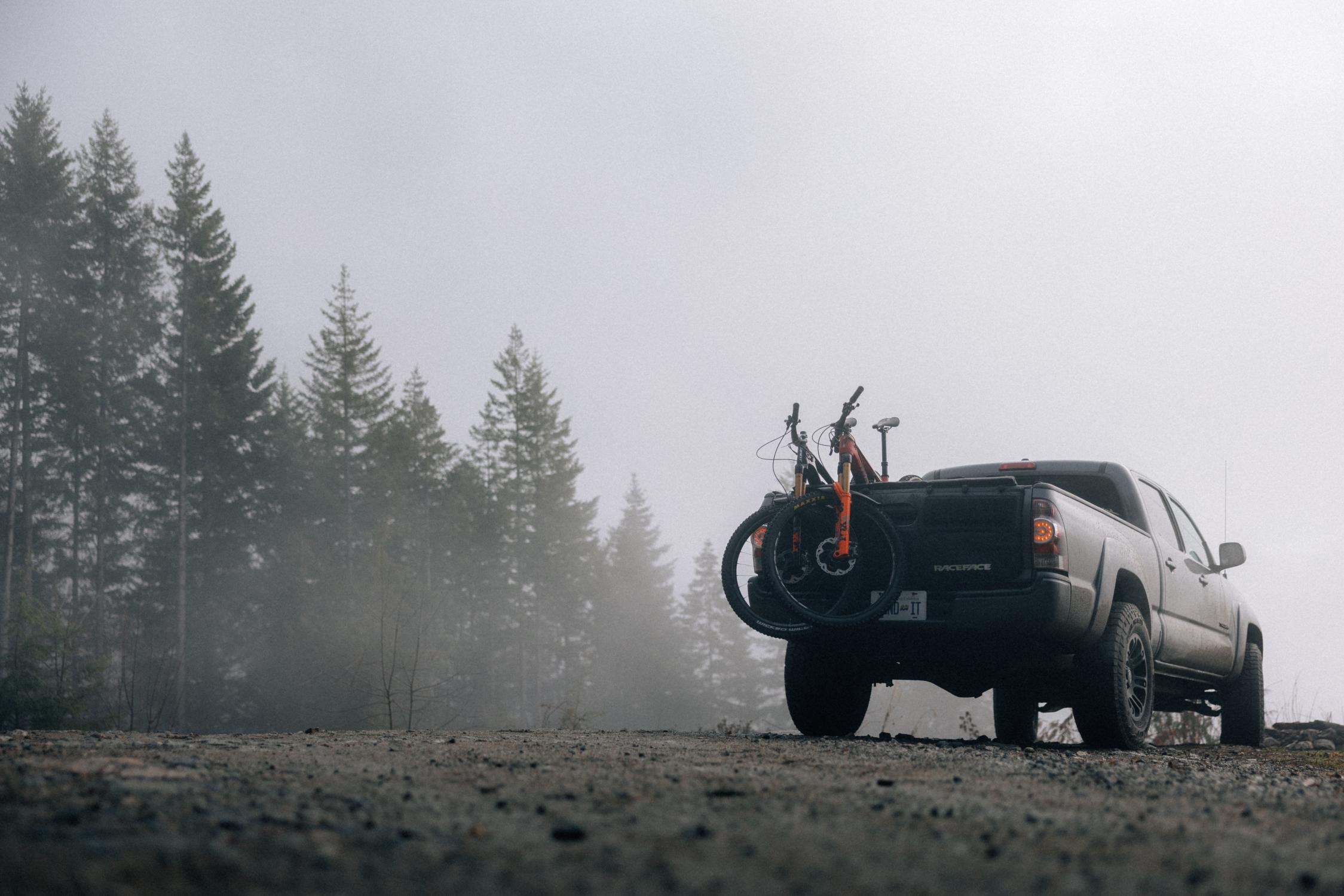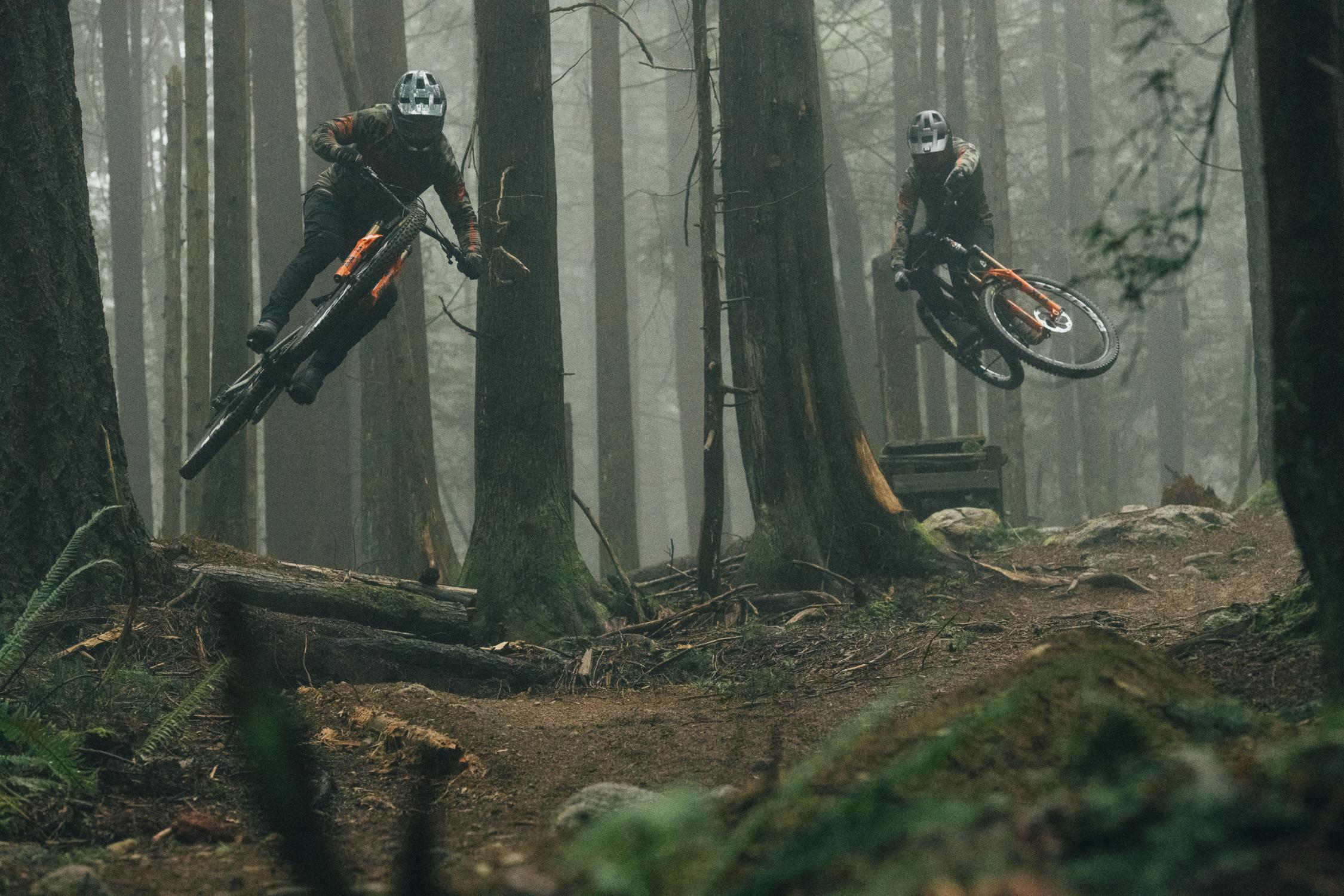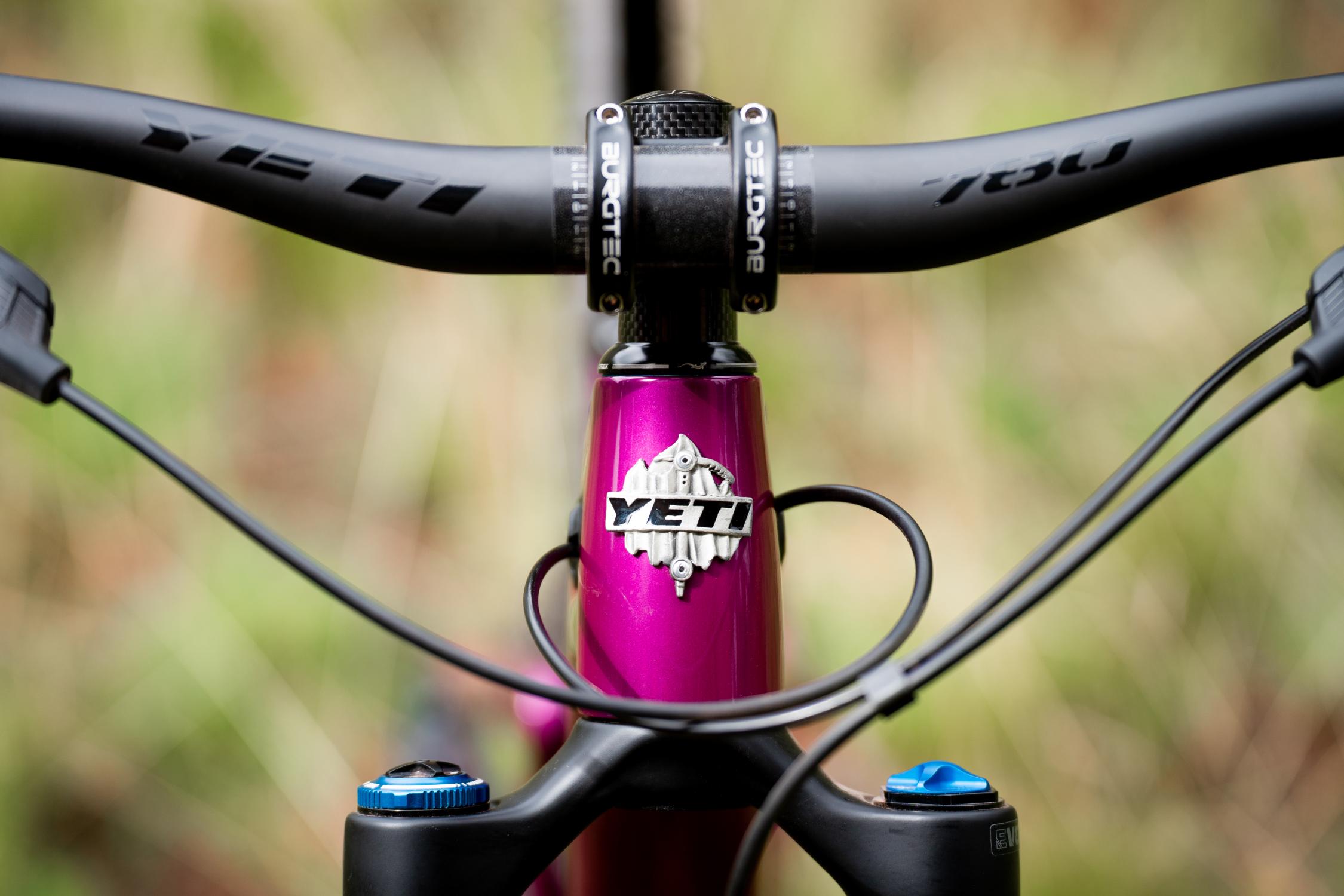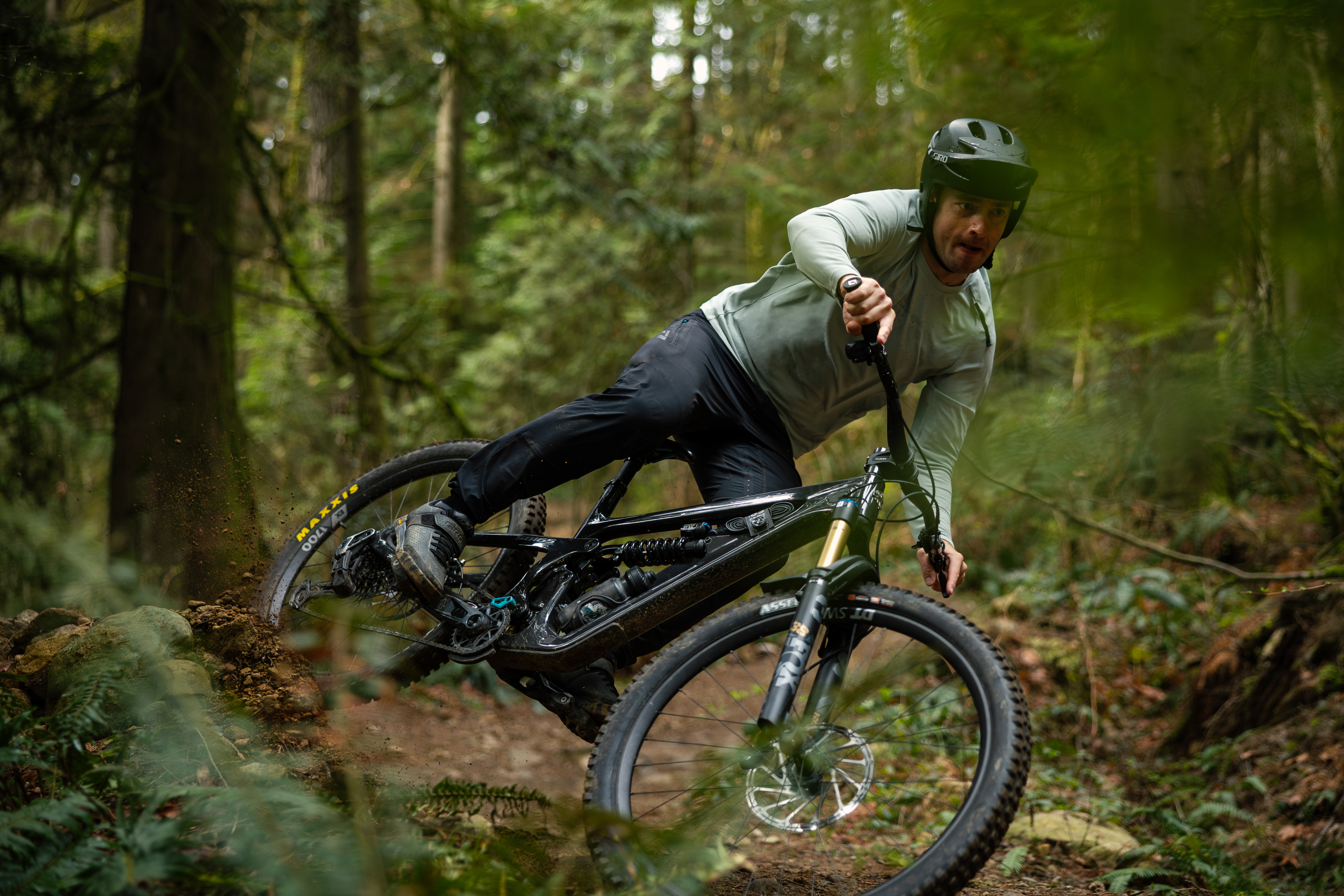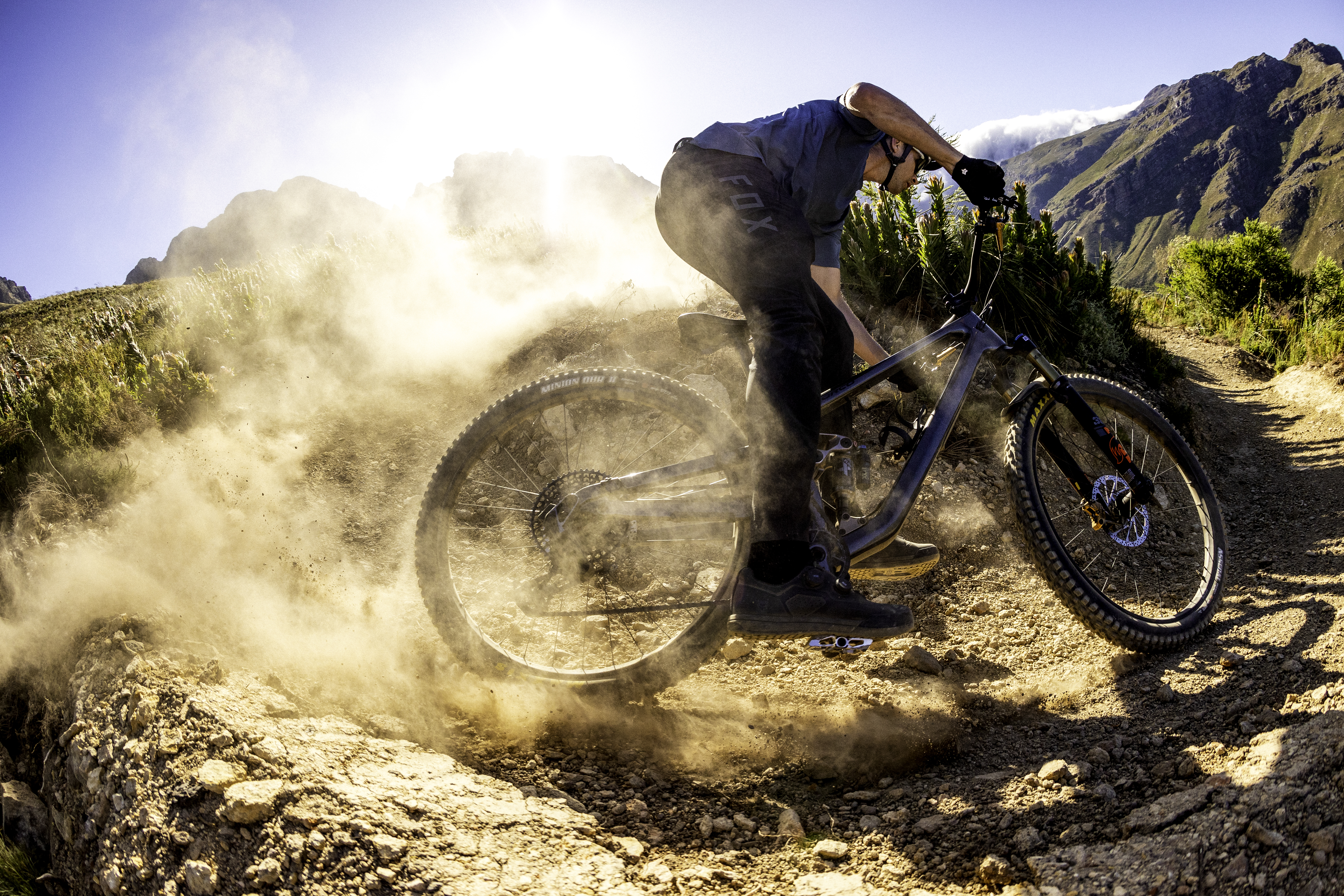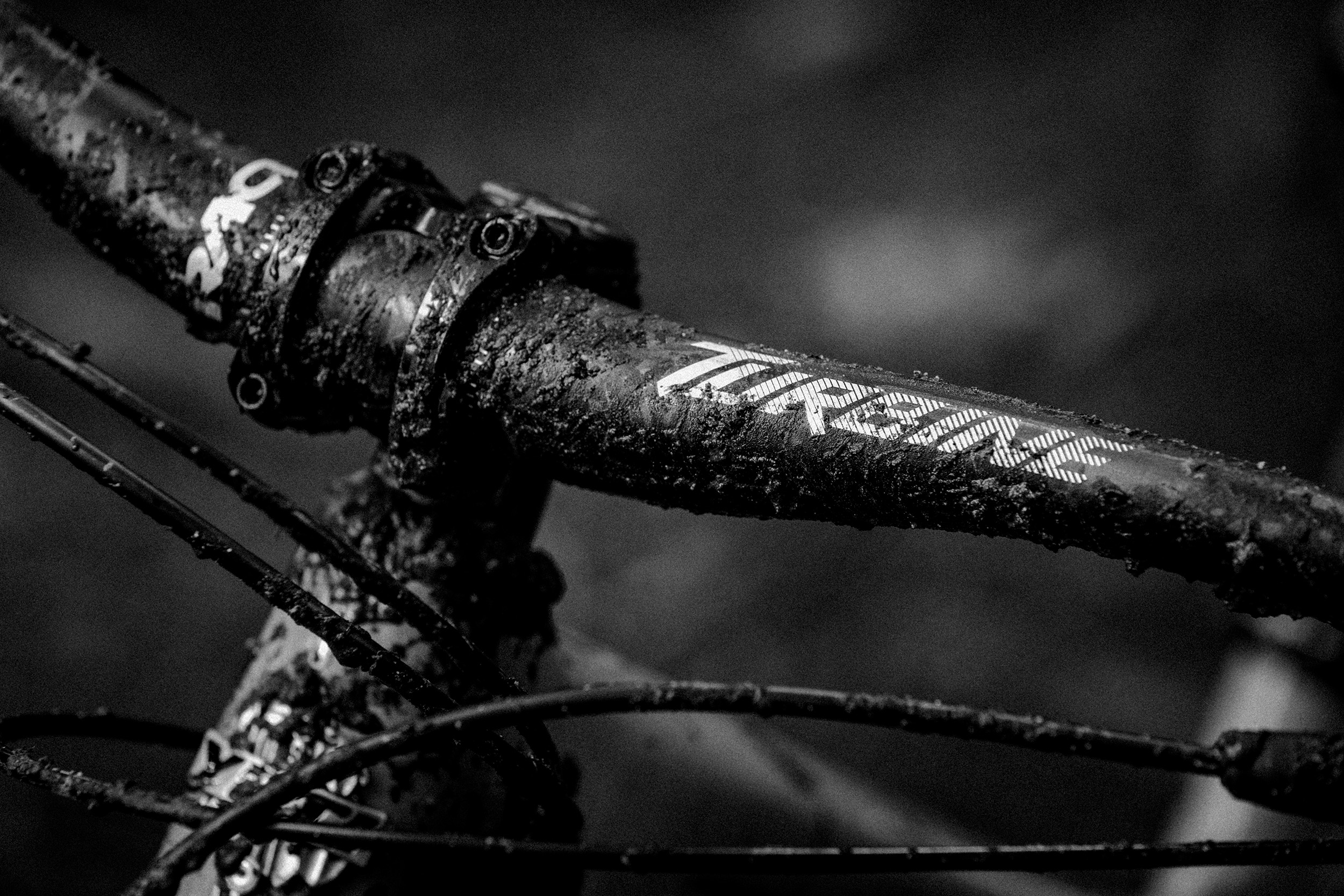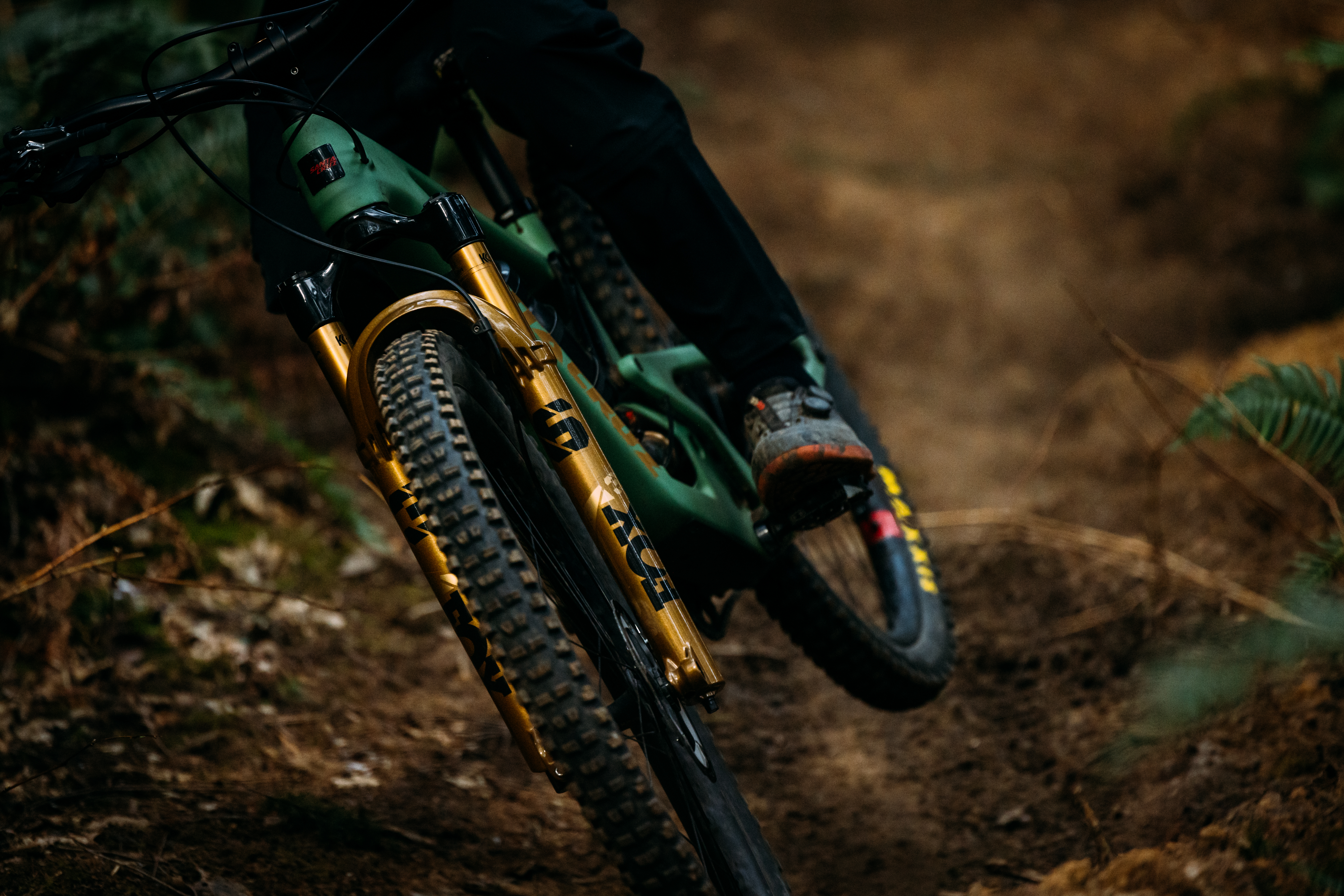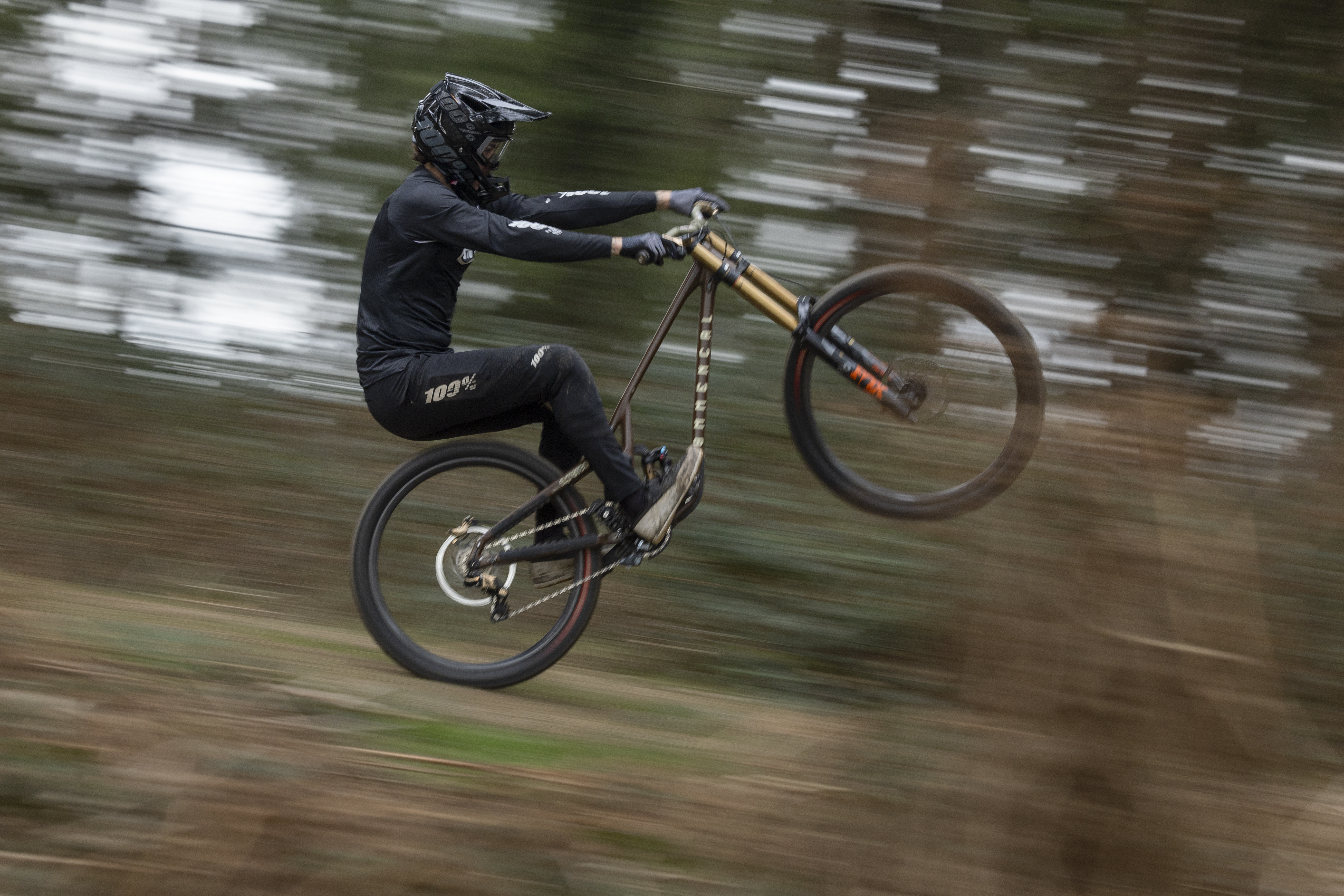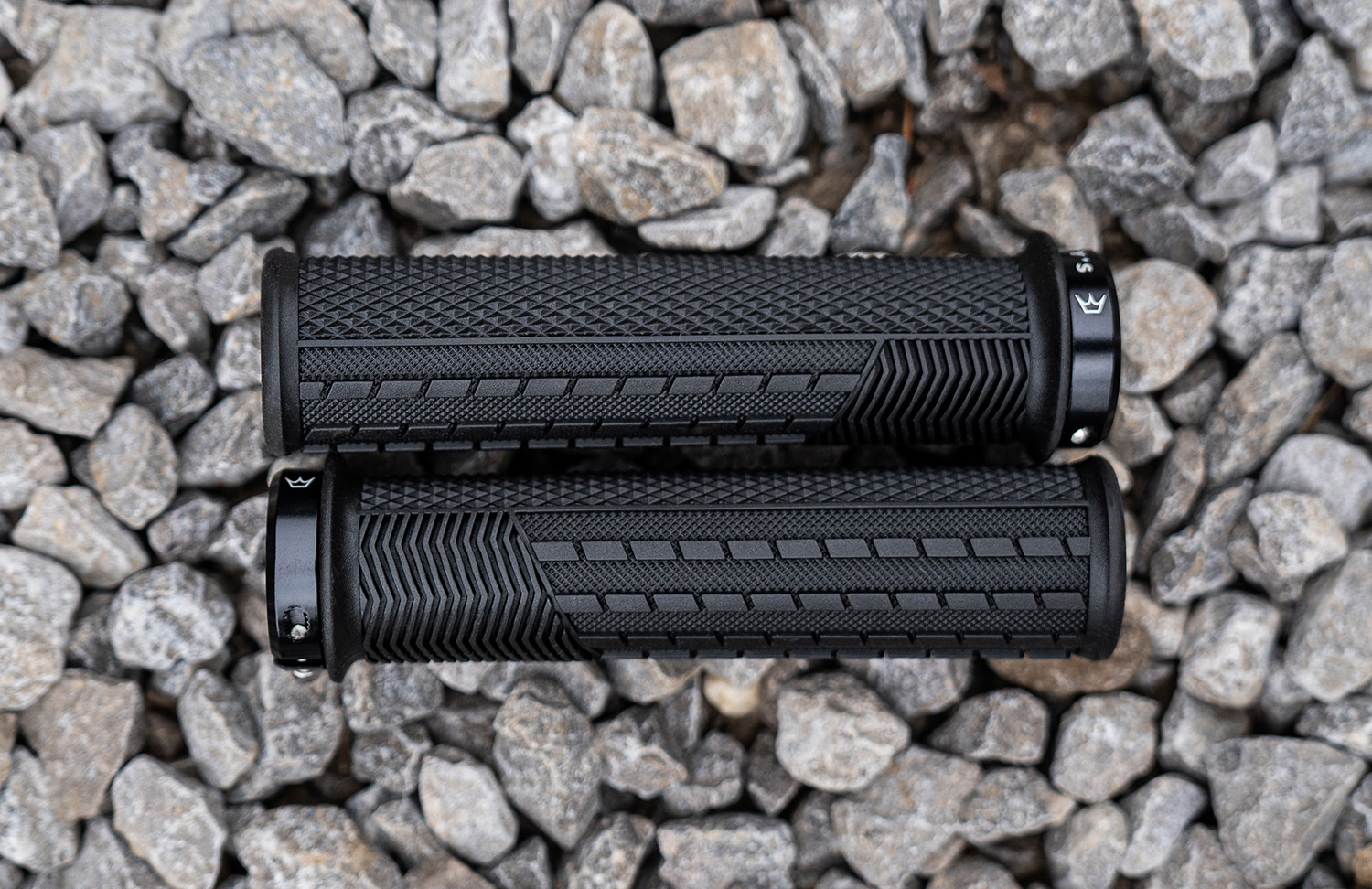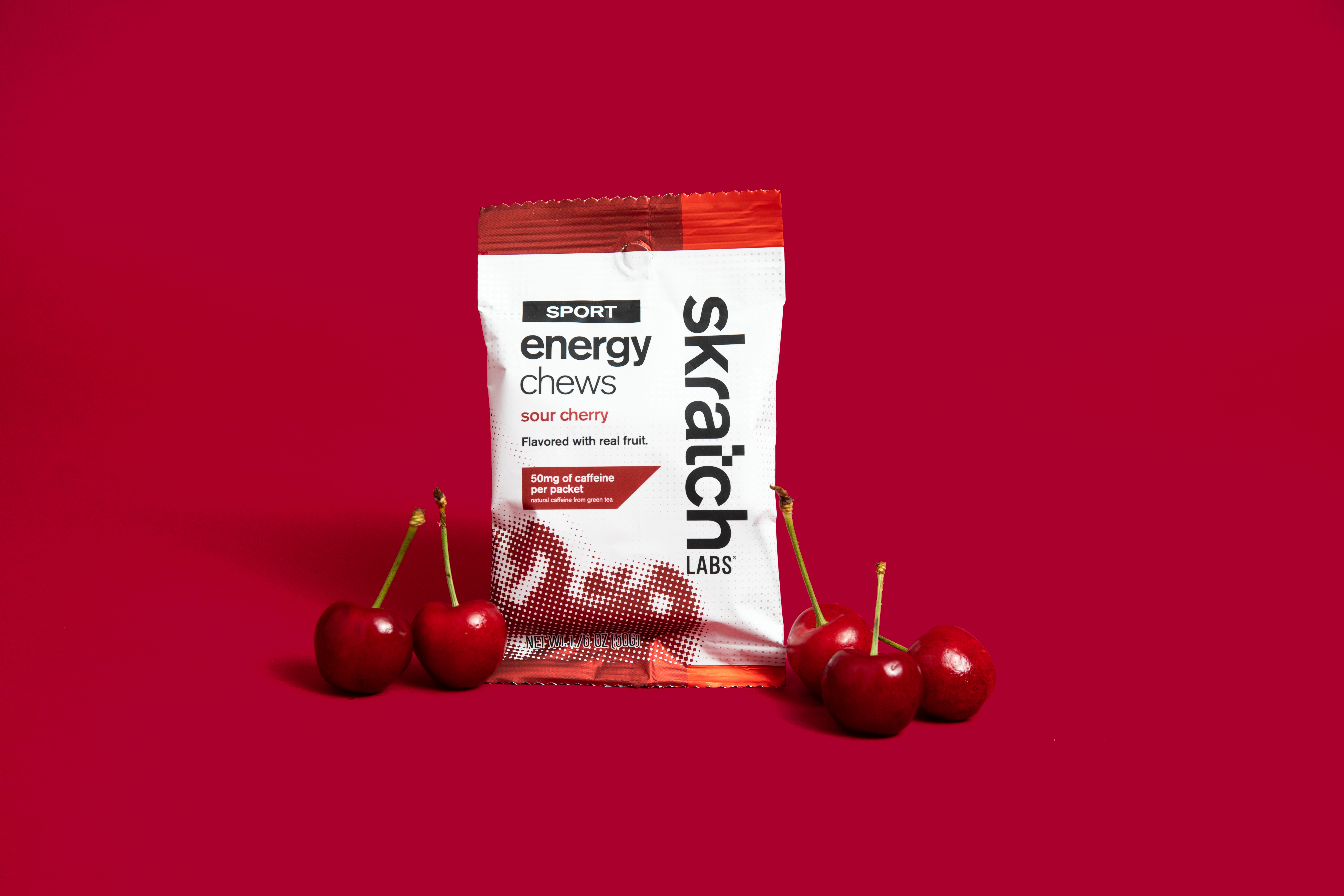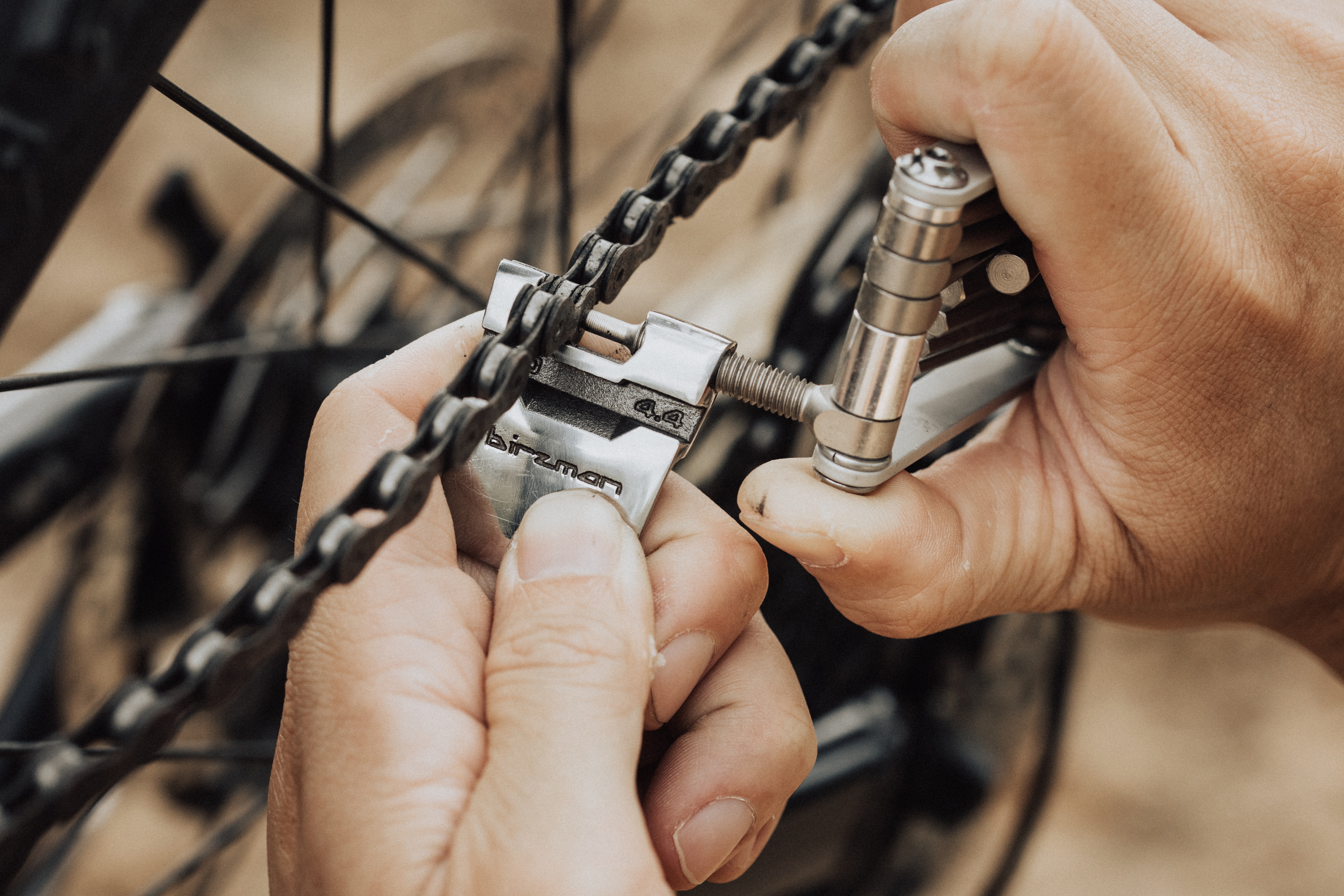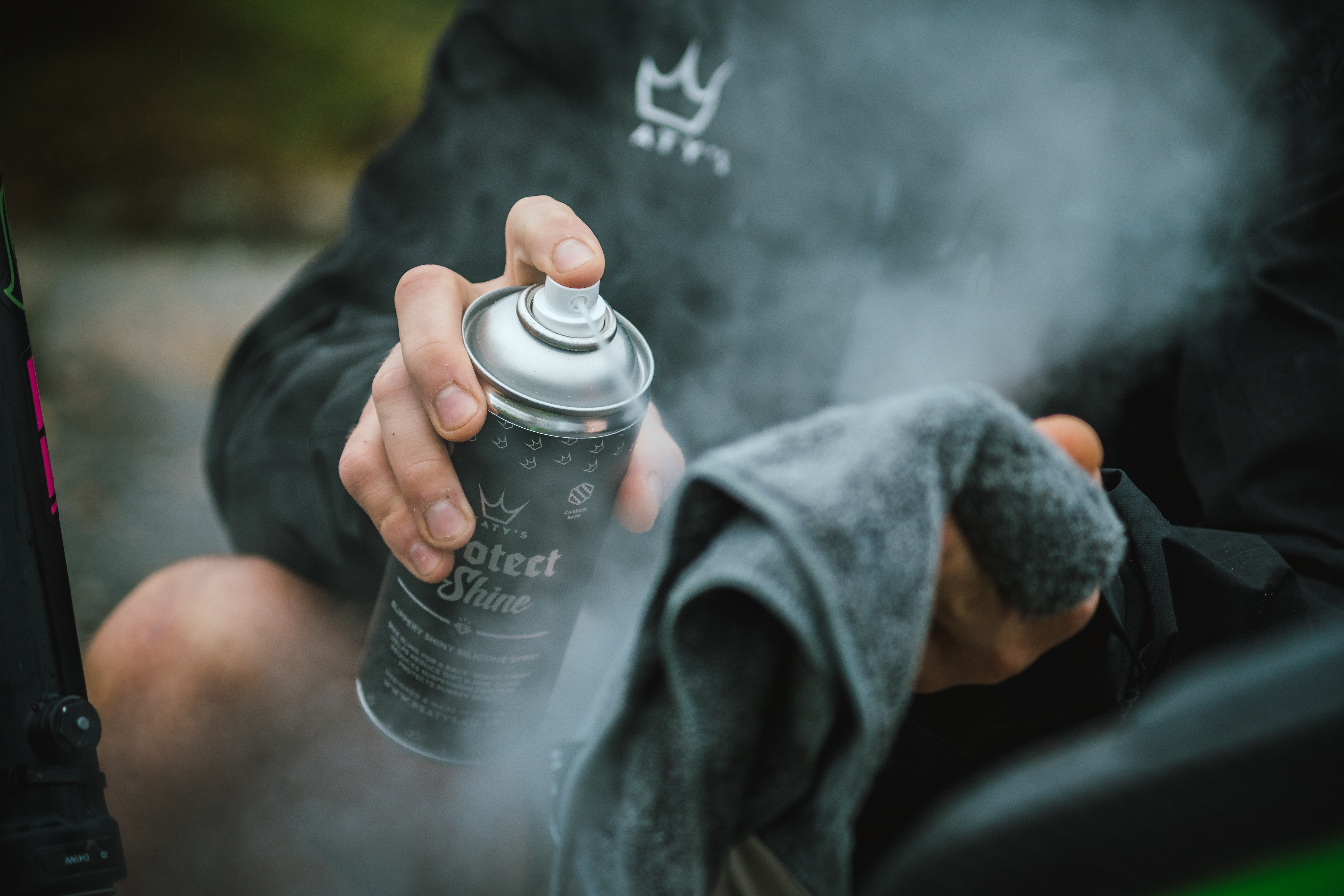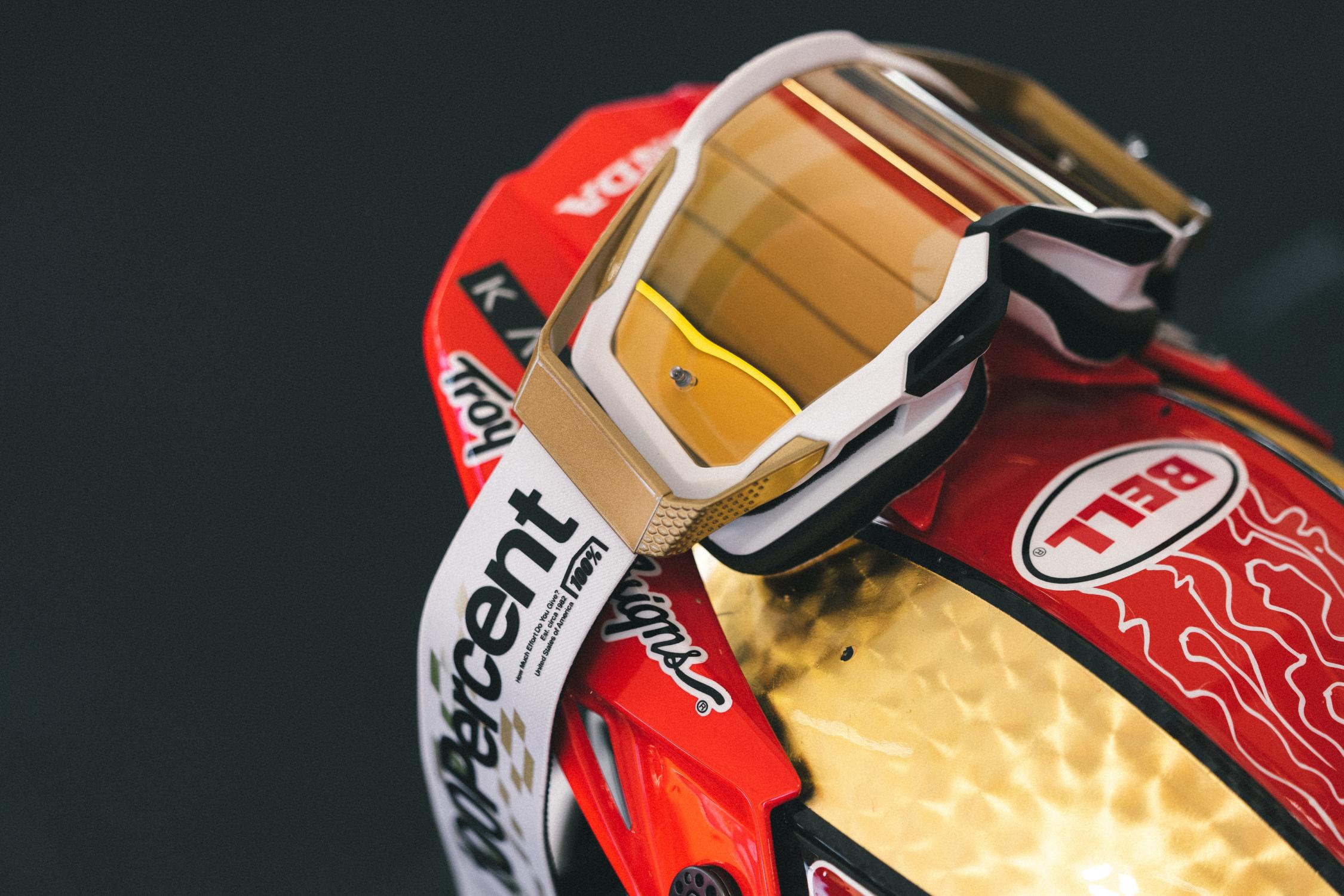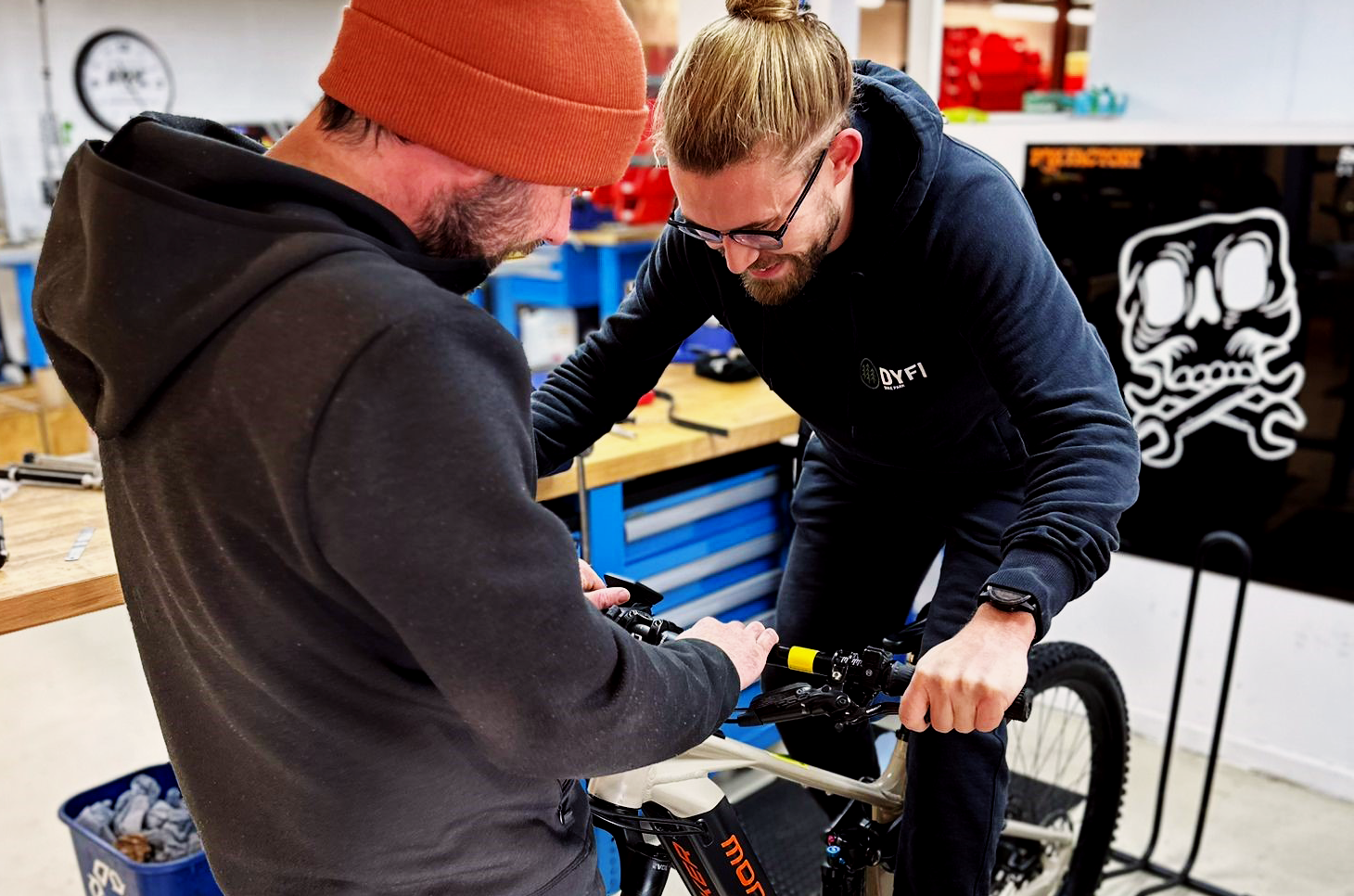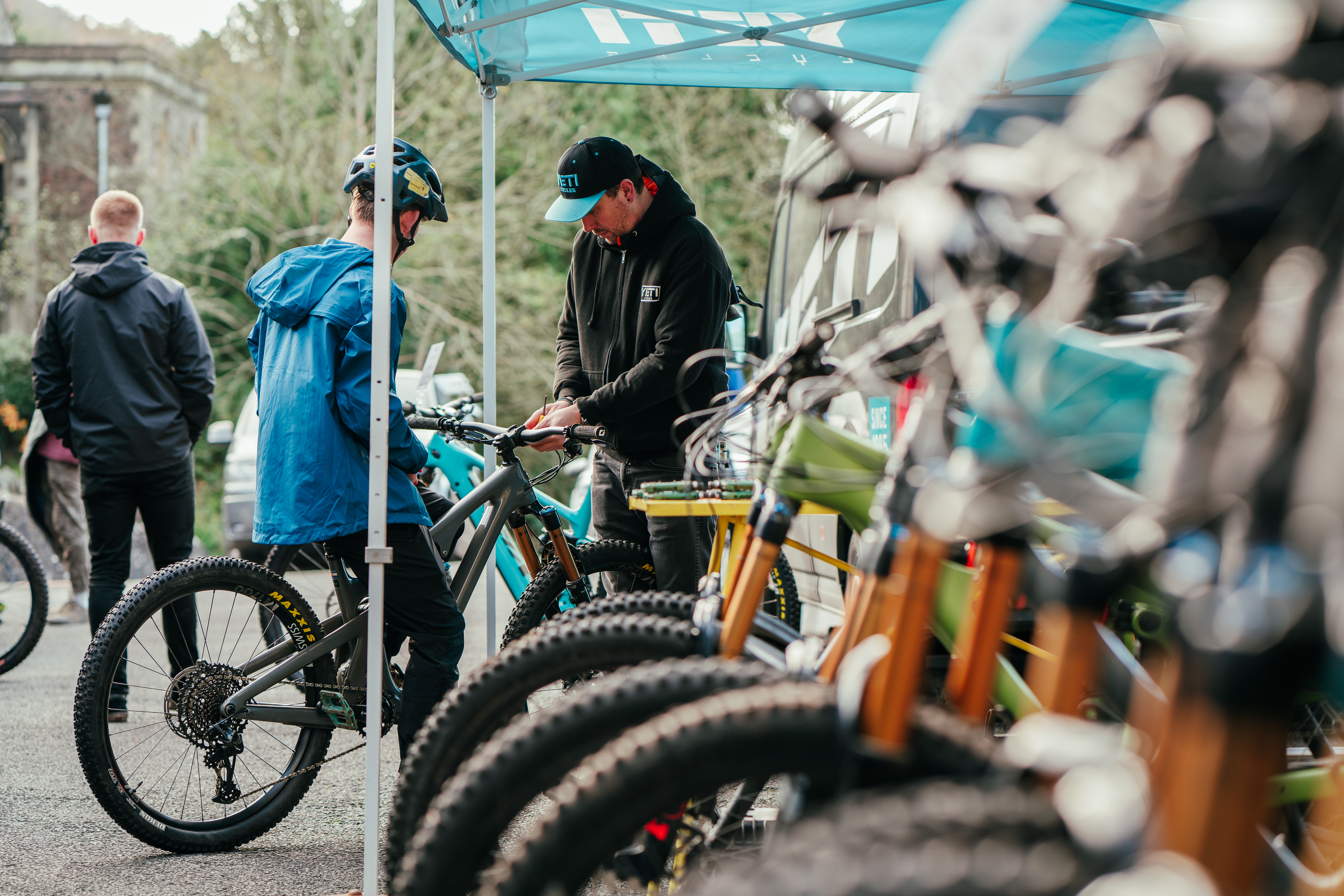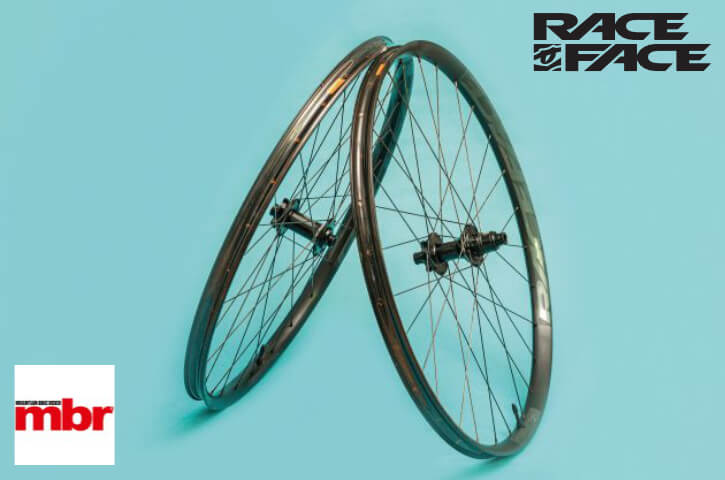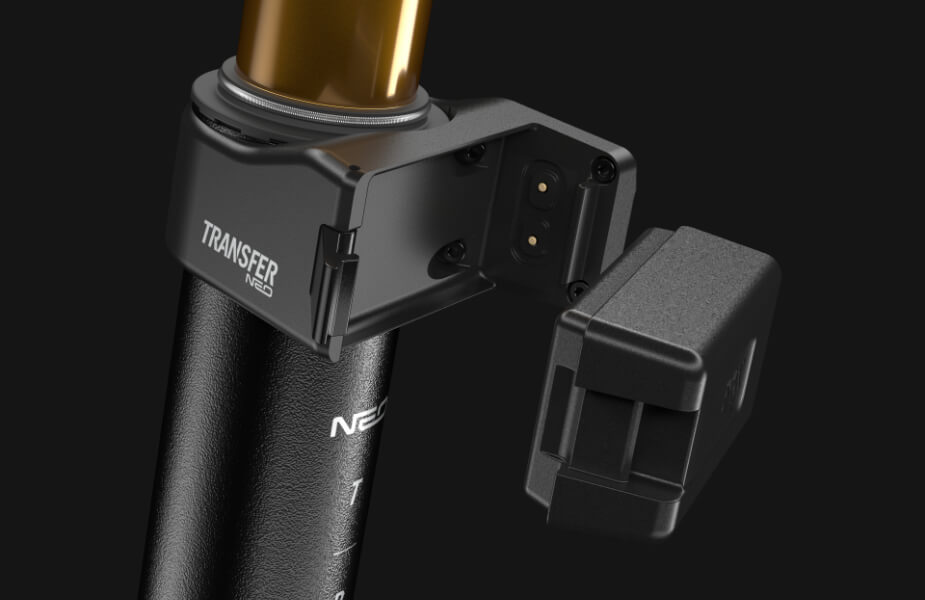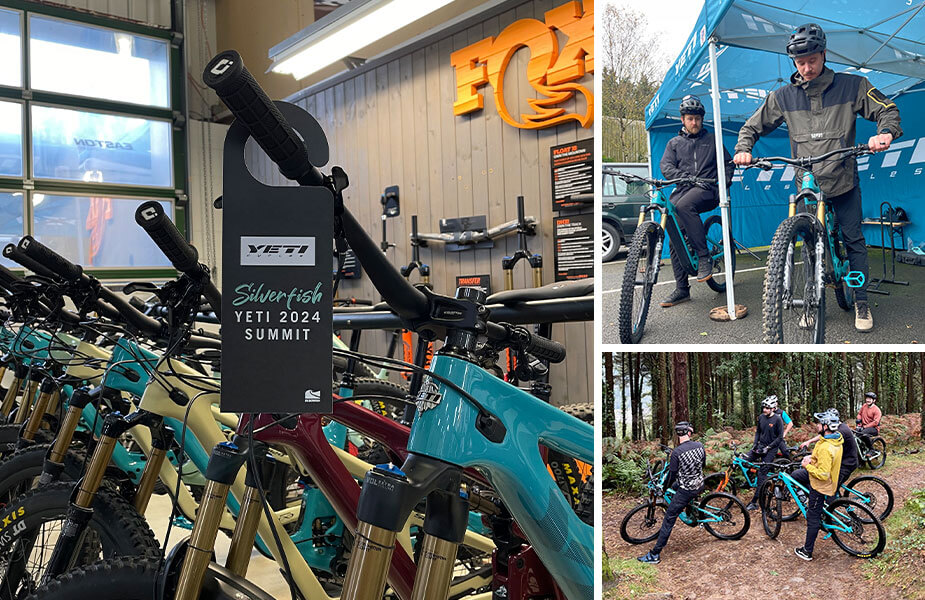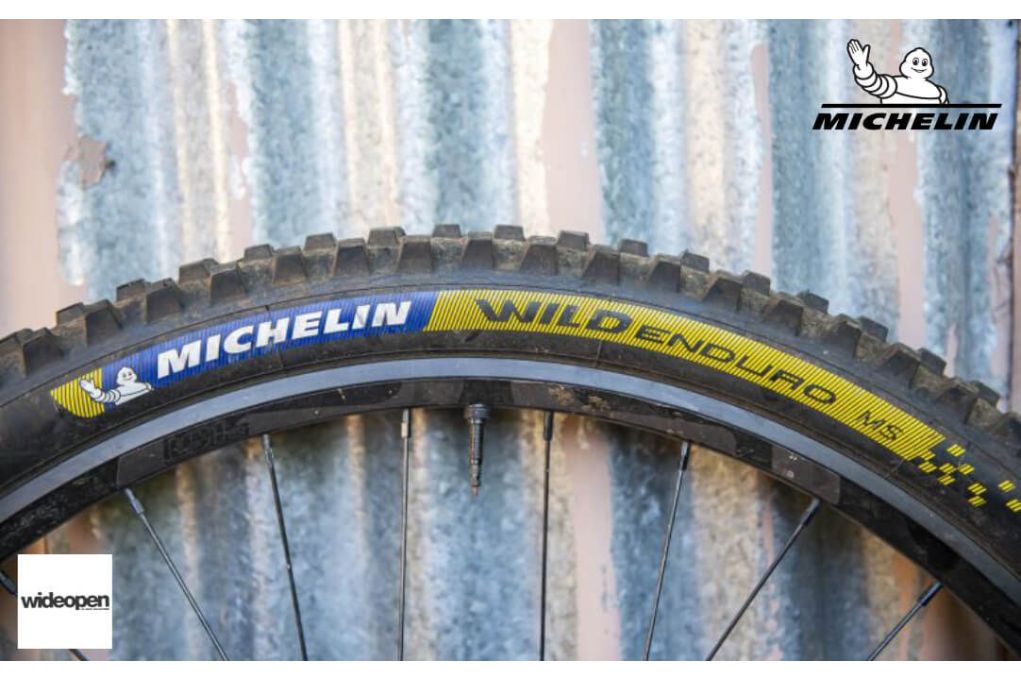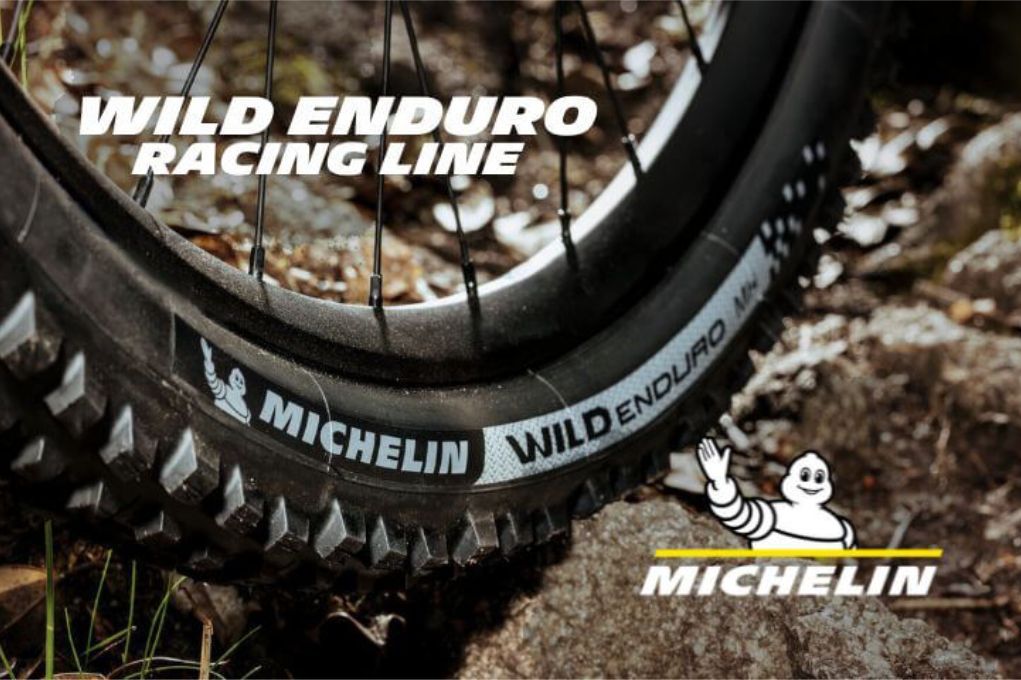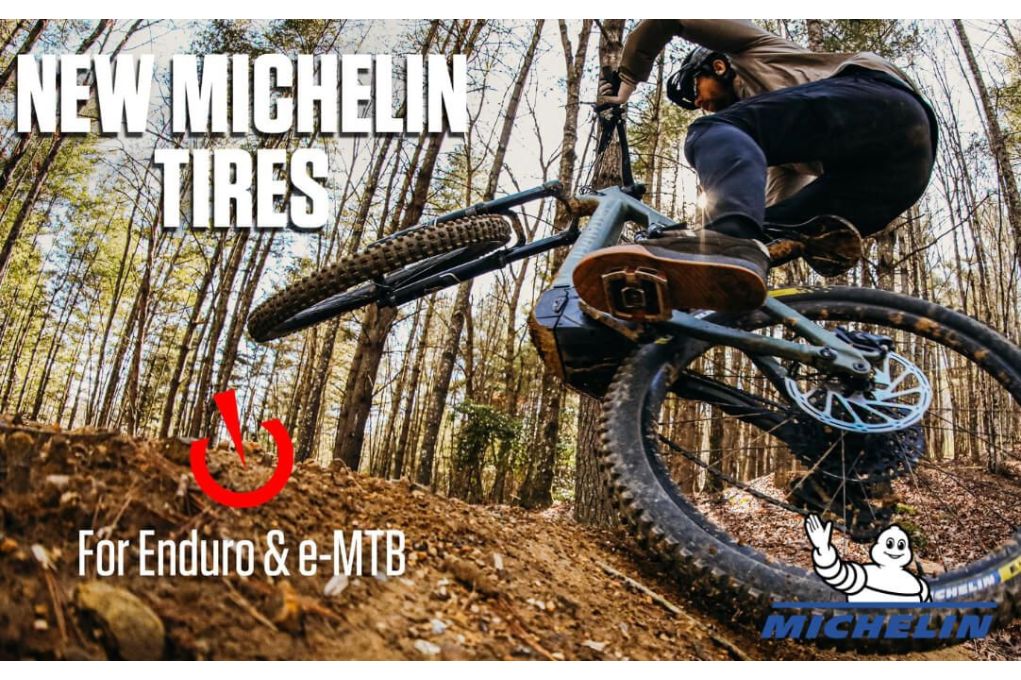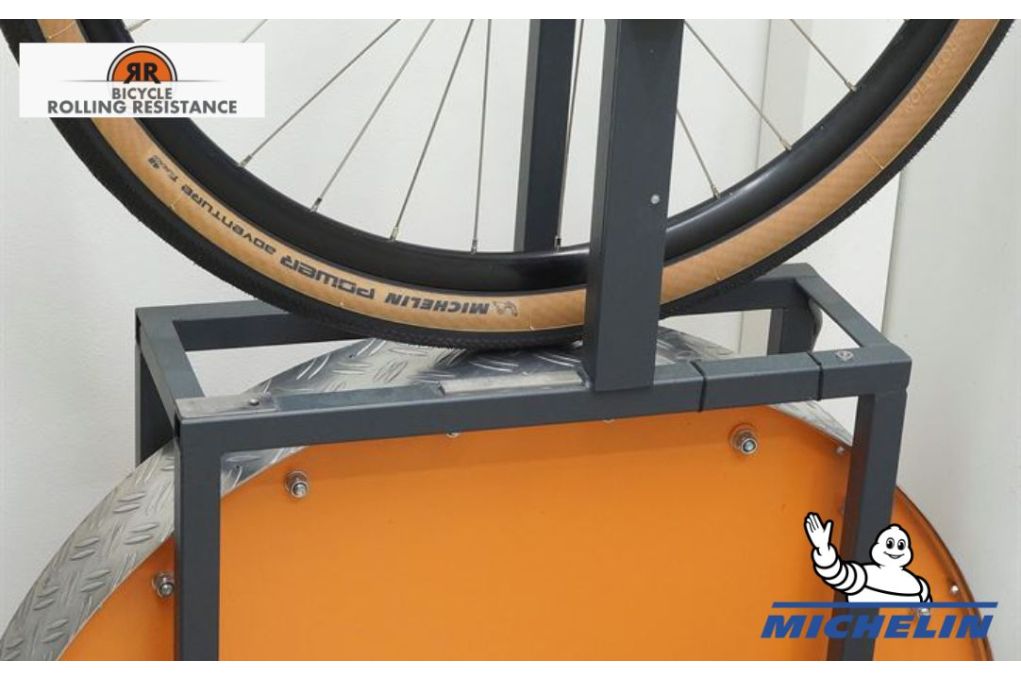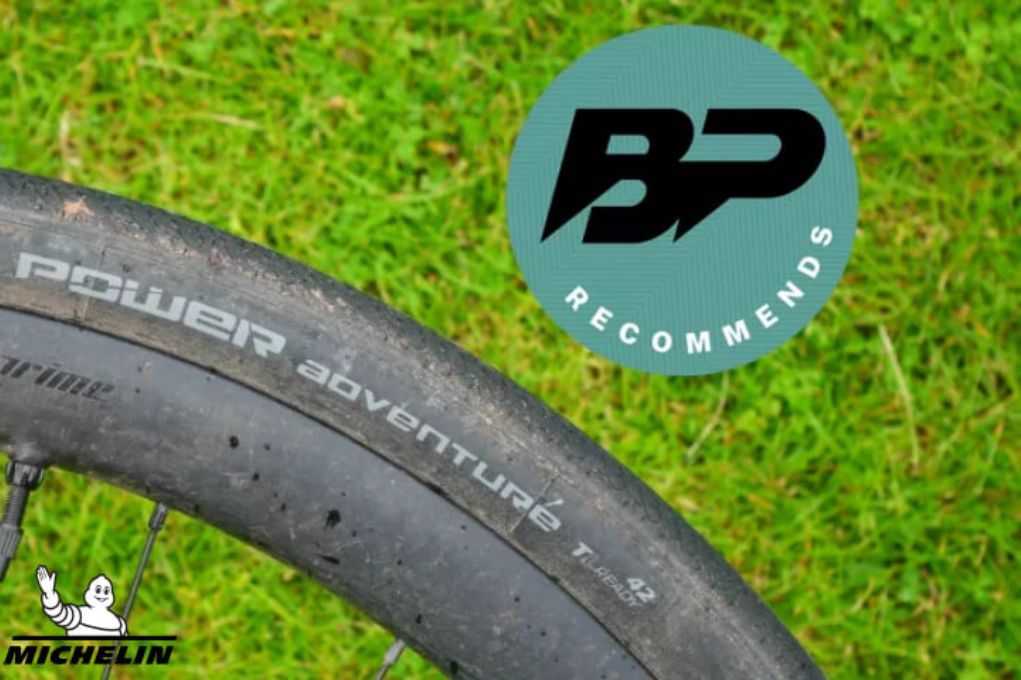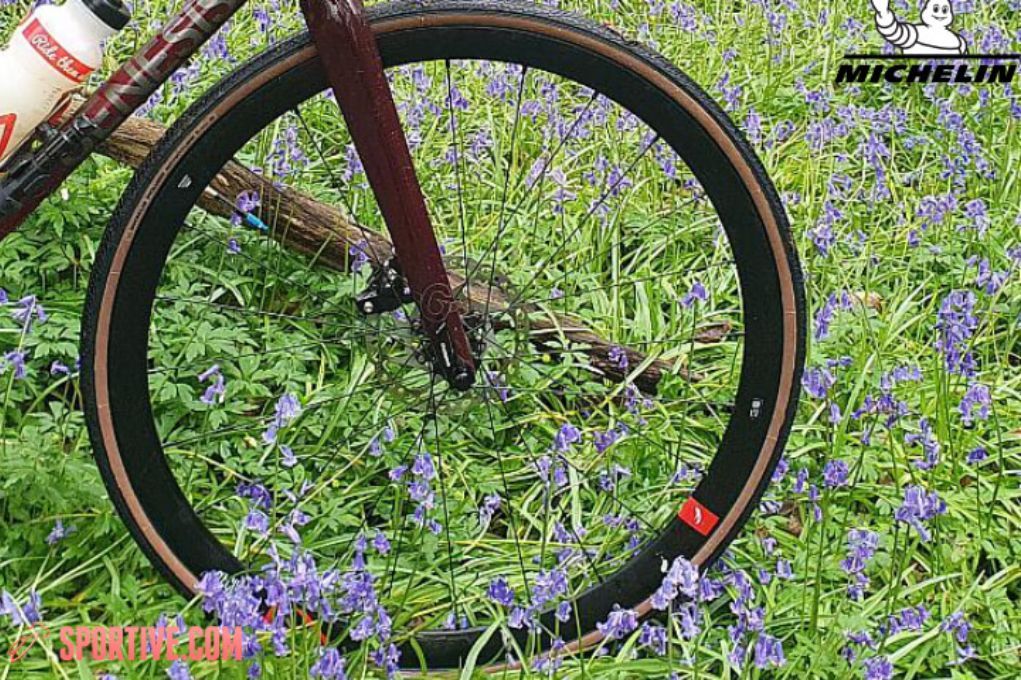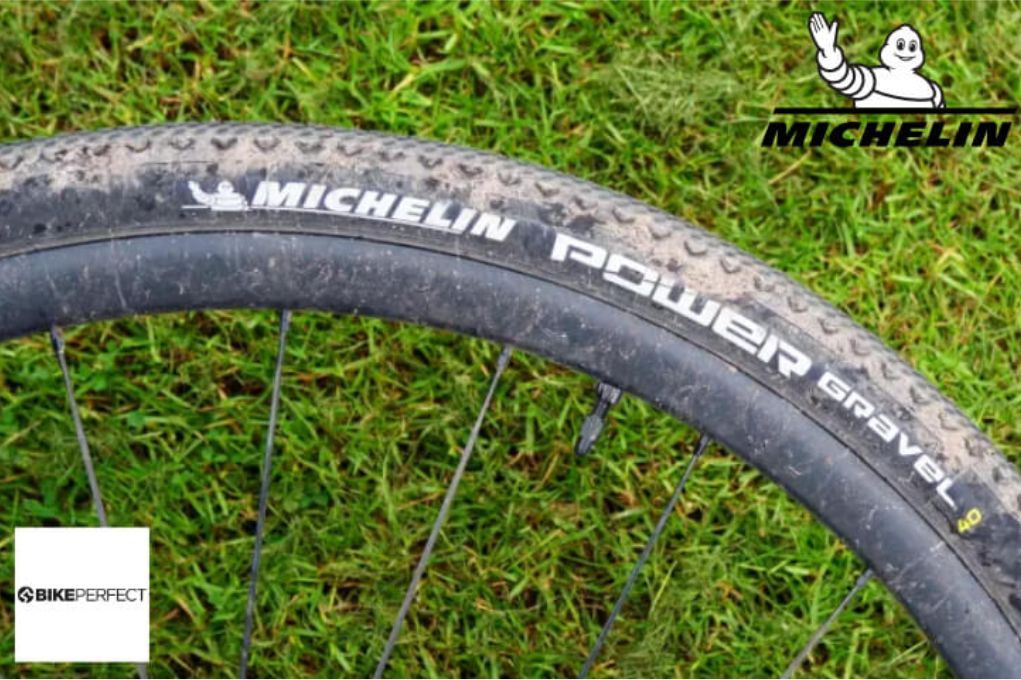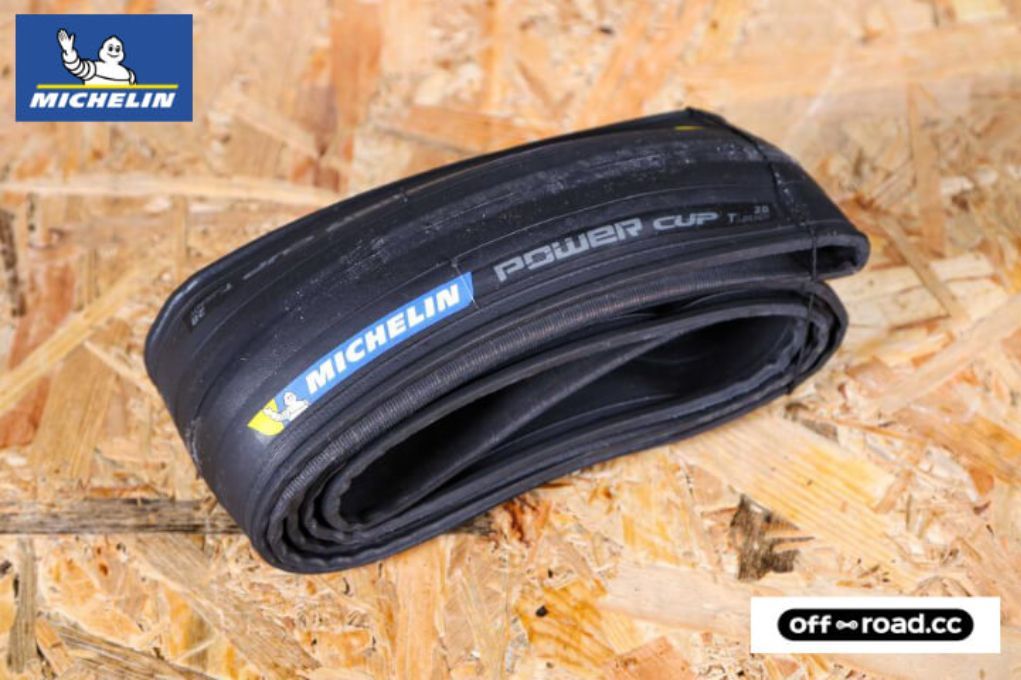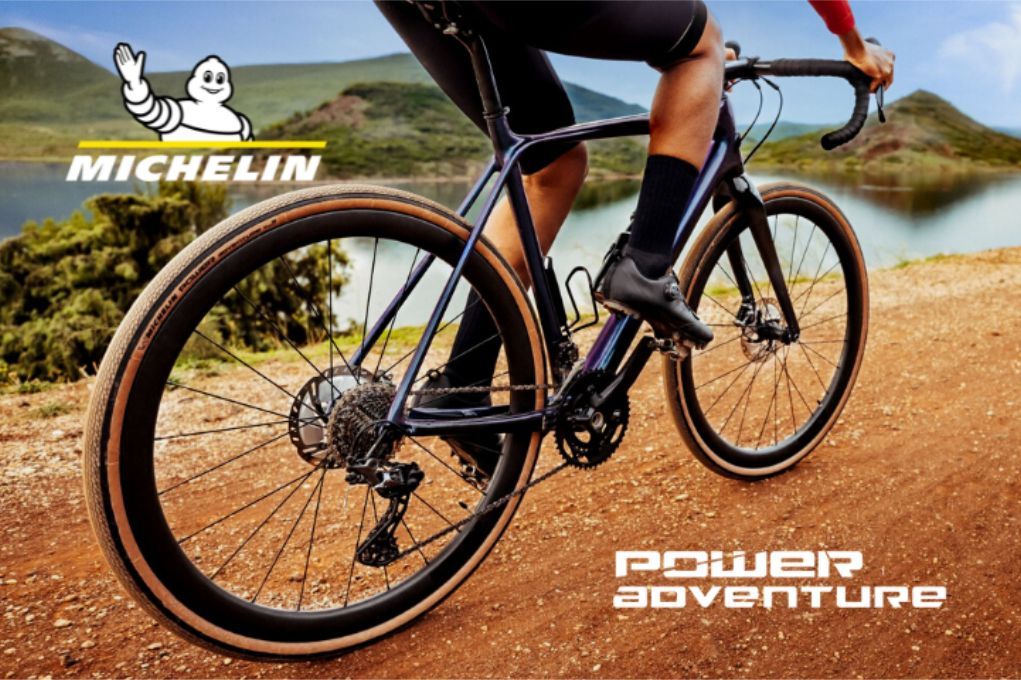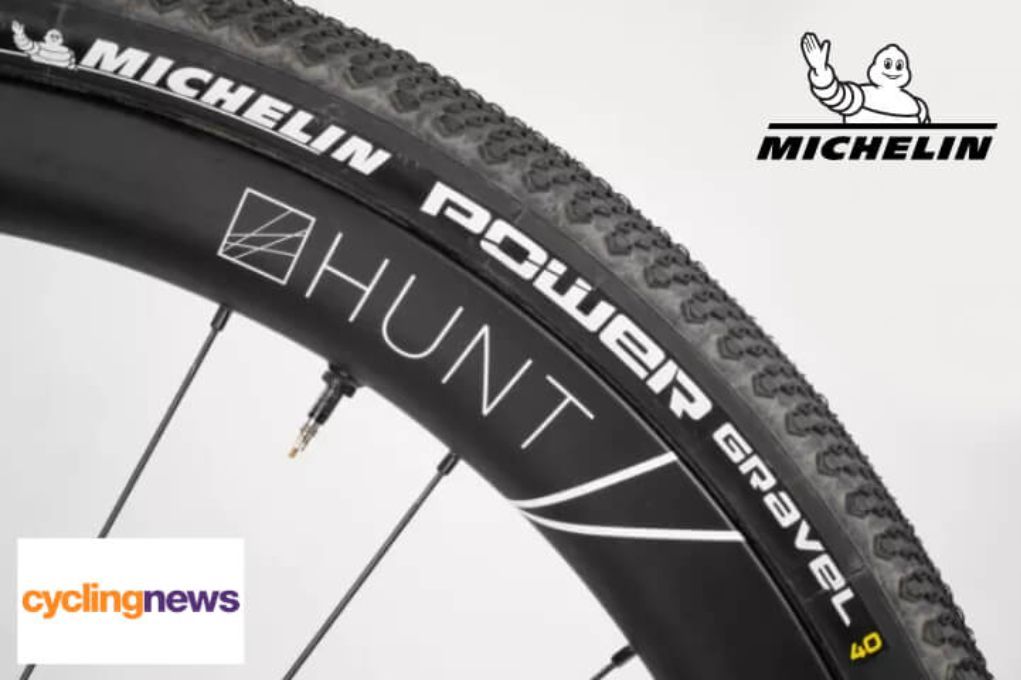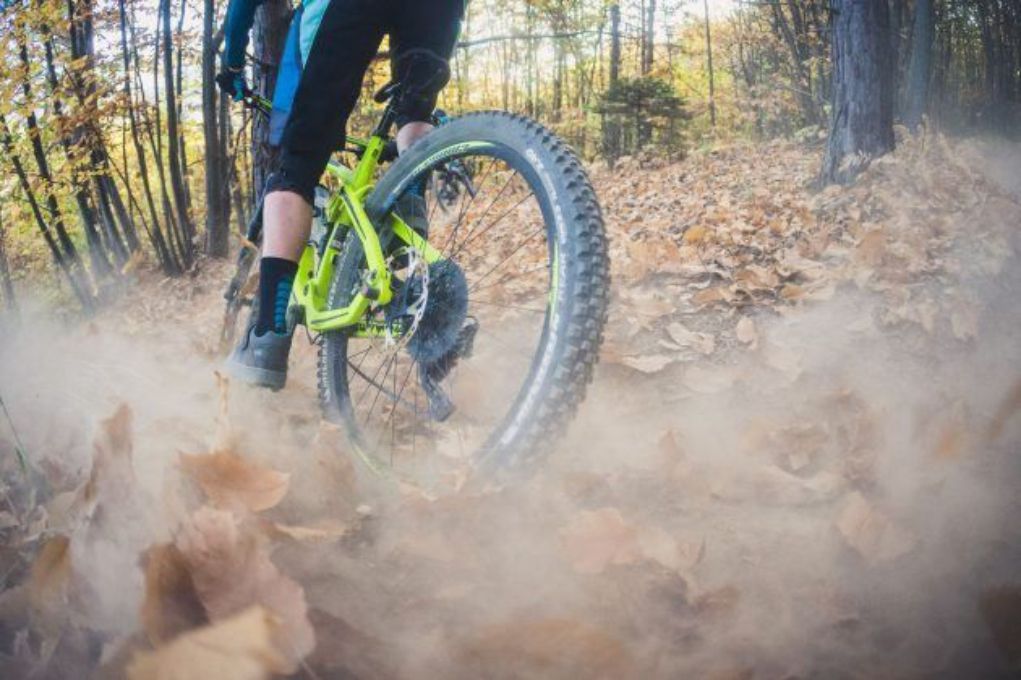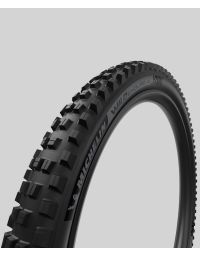ARMEGA SP25
Review: BikePerfect - Michelin Wild Enduro MS Tyre

BikePerfect has reviewed the Michelin Wild Enduro MS tyre. Here is what they had to say:
Michelin’s yellow and black chequered Racing Line sidewall logos have adorned plenty of race-winning bikes in the gravity sector, not least when Sam Hill dominated enduro for a few seasons and won three EWS titles on the trot.
Its MTB tires are obviously capable of winning, but the lairy graphics weren’t such a victory for everyone, so it’s welcome that Michelin now offers its top-tier gravity models in a much more subtle gray colorway as well. Changing color is the least of the changes to the new Wild Enduro range though, as there is now a whole new construction, tread and rubber compound on three different versions. MS (Mixed/Soft) and MH (Mixed/Hard) are primarily designed as front tires and there’s also a specific rear tread. The trio are now lighter weight, faster rolling and designed to work better in colder conditions.
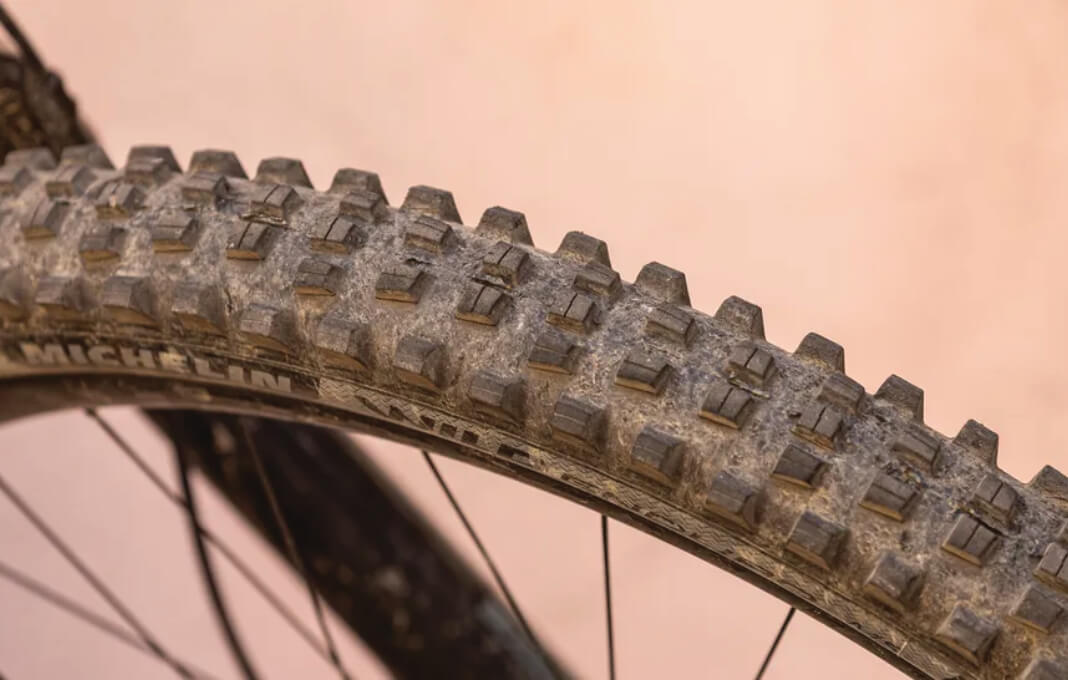
The previous generation Wild Enduro was a popular choice for privateer racers and UK shredders and a tire that, together with the DH 22 and 34 models, I’ve used a fair bit. In fact, I’ve tried pretty much every generation and model of Michelin’s gravity lineup over the last two decades and mostly been a big fan of the sticky grip, but with a hefty rolling resistance or casing stiffness penalty, the brand never quite became my number one go-to brand.
While this MS is more designed for the front, because Michelin continues its theme of offering a rear-specific model with a faster-rolling, lower profile tread that’s potentially less good in the slop or under hard braking, I’ve used both this MS and the fatter MH tire (I’ll review separately) on the rear to try out as well.
Design and specifications
The MS’s all-new tread pattern is slightly more open and blockier than the previous Wild Enduro, and both MS and MH models fill in some of the blanks on the edges. This is a big improvement as the previously too widely-spaced edge blocks lacked the continuous bite I needed in loose or muddy conditions.
All new Racing Line models switch from a 4-ply DH shield casing to a dual-ply carcass more like competitors' DH tires. This new casing is lighter and more supple, while hopefully retaining the good puncture protection Michelin is known for by using two separate woven liner shields and a bead bumper to resist pinch flats. One of these ‘Kevlar-style’ layers covers just the tread crown and the other wraps the entire tire.
Unsurprisingly, designed for mixed/soft conditions, the MS’s reasonably open tread should cut in better in loose conditions and mud, but it’s still a good way off a dedicated spiky mud tire and more like a slightly opened up ‘standard’ tire. I used it in a mix of slick UK dirt and slop, then bone-dry Mediterranean rocks and broken up hardpack, and it worked well on both.
Michelin has done more than just changed the tread knobs and casing though. Its latest Magi X rubber blend is reformulated to offer better performance at lower temperatures. As anyone who lives in cold climes and rides year-round could testify, Michelin Magi X could get overly stiff and pingy on wet rocks and roots when the thermometer dropped, but as I received these new tires in the warmer months, I’ve not had a chance to test this aspect yet. The rubber does feel different to touch, however, and is slightly more squidgy/smeary when pushed than the firm, but super slow to deform back into shape character of the older blend.
This new rubber formula is also supposed to roll significantly faster, and you can notice this is true immediately and it’s definitely welcome. Michelin says, "Magi-X technology reduces rubber-related energy losses, meaning that every turn of the pedals counts more". And that: "Independent testers Wheel Energy have shown the new tires deliver significant improvements in rolling resistance with the rears saving 30W over the previous versions and the front tires 20W, presenting serious speed advantages."
This backs up what I’m feeling in the hand and sounds like the tire’s rubber compound isn’t as slow rebounding as before. The way any tire deforms and bounces back to shape is a key component that can really affect how rubber absorbs rolling energy and momentum and losses. It’s complicated and always hard to decipher Michelin’s tech talk though as the brand is guarded about its technology and doesn’t claim rubber durometer (hardness levels) like other firms. I’m told the MS tire here has the same compound as the MH tire I’m also testing, but it feels softer and more squidgy to me.
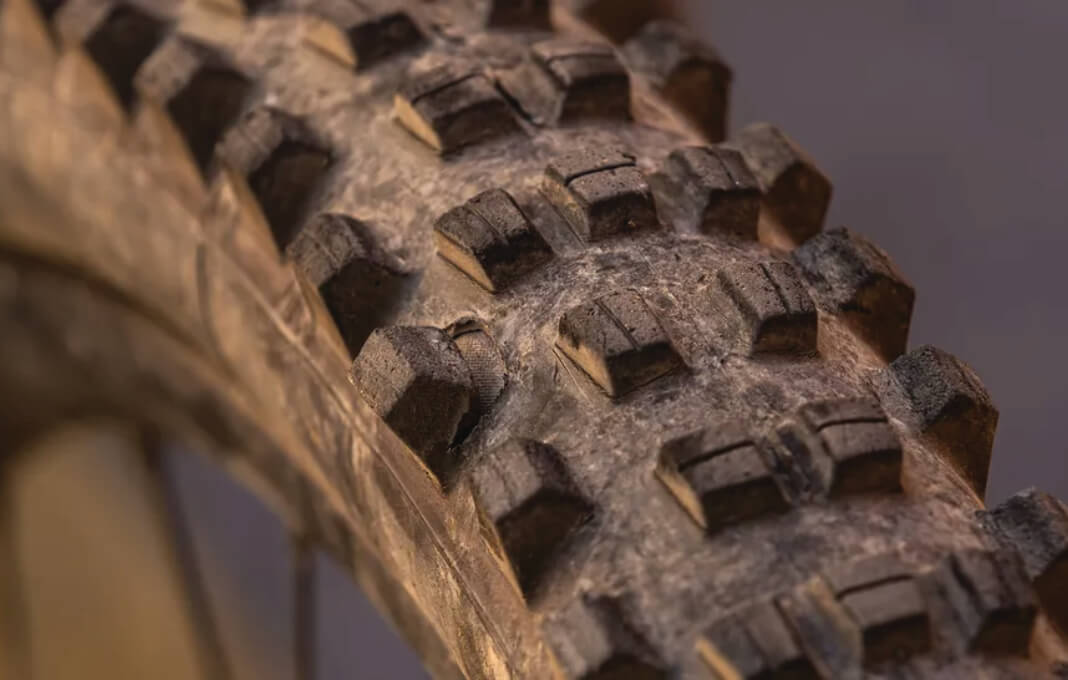
Performance
Michelin’s dual-ply casing isn’t as stiff as many DH tires while installing but I still struggled with a very tight fit on the rim. Despite putting hundreds of tires on with my bare hands over the years, I had to resort to tire levers on a pair of carbon wheels (I just about got them on alloy rims by hand). One bonus of this is the MS popped into place with a track pump a cinch and never burped any sealant, even at around 20psi on super-rough DH tracks.
Having used the tire both in the wet UK and sunny Italy, it clearly works as intended in both wet and dry conditions and really gripped a lot, especially once the brand-new feeling and the release agent wore out of the rubber. This new tire’s touch and predictability at all lean angles are much better than the previous model to me. When dirt is soft you can really push into the edges cranked over and find support on the ground, and the more filled-in shoulder edge holds a smooth line with no surprises or weird breakaway. Gone is that sense of loam pushing through the gaps I had with the old Wild Enduro and this alone is a big advantage.
The crown is reasonably squared off for good high-speed stability and MS grip is pretty continuous, more like a Maxxis Assegai than a tire with a distinct continuous ‘grip channel’ between central and shoulder lugs. The tread and rubber work well in slimy conditions both on soft dirt and hitting greasy roots and rocks at horrible angles.
Rolling speed is noticeably better than before. The MS looks quite spiky but there is less of that dead weight energy-sapping draggy feel of older Wild Enduro fronts. It basically rolls over ‘OK’ with a sense of what you’d expect from a slow and grippy tire, rather than a ‘wading through treacle’ sensation as previously served up on Michelin DH models. And, yes, I know that it didn’t exactly slow Sam Hill down…
Despite being pretty open and spaced out in the tread, each individual tread block has a fair bit of support and stiffness so knobs don’t flex or squirm excessively if you’re really charging. The new package of casing, tread and compound also feels calm and stable on rock-hard surfaces and can absorb big impacts like landing rock steps or fast jumps without deflecting or buckling like someone punched it in the gut. While doing all this, the tire isn’t so solid it’s too uncomfortable either or overly stiff like the old wire bead DH 22 and 34 tires were – unless you were running really low pressures.
Verdict
Michelin’s new Wild Enduro MS changes the tread and casing, in turn, completely changing the tire’s character compared to its predecessor. Out goes Michelin’s slow rolling, ultra-damped feel and eccentric overly spaced-out shoulder tread, and in comes a tire that’s faster, designed to work better in cold conditions and closer to leading competitors' offerings in performance and feel. The new MS is also lighter, but some Michelin die-hard fans might not like all the changes quite as much as me.
Read the full article here
